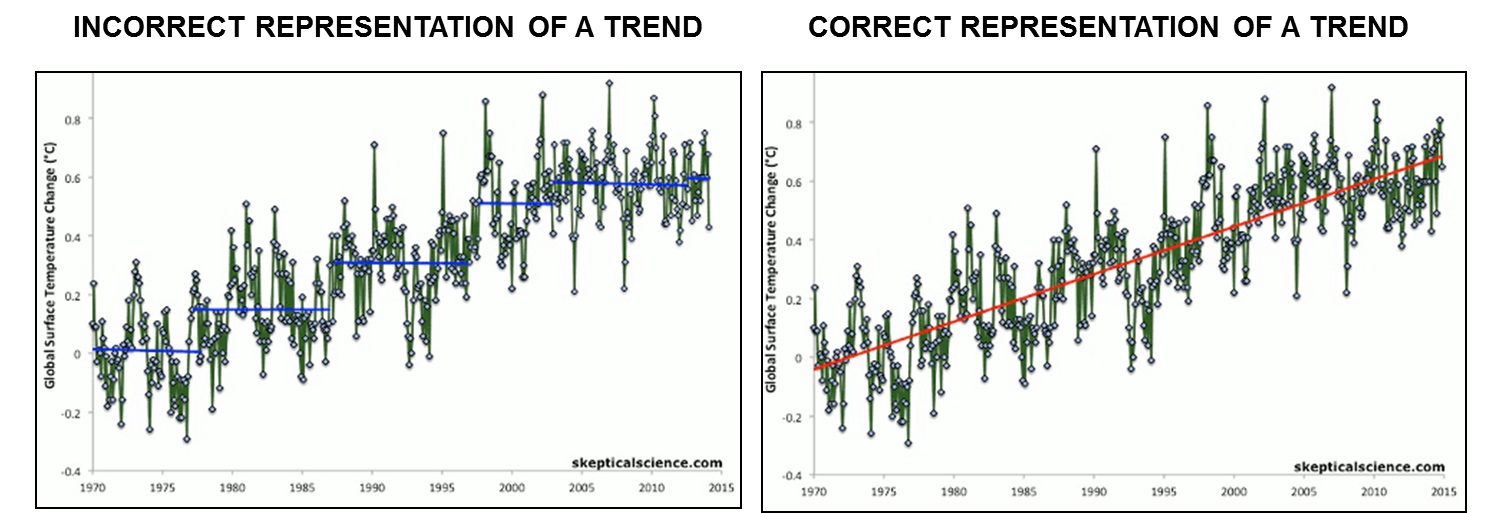 This week a broad coalition of public health and environmental organizations, including EDF, submitted a brief in support of the U.S. Environmental Protection Agency’s (EPA) Clean Power Plan to the U.S. Court of Appeals for the D.C. Circuit.
This week a broad coalition of public health and environmental organizations, including EDF, submitted a brief in support of the U.S. Environmental Protection Agency’s (EPA) Clean Power Plan to the U.S. Court of Appeals for the D.C. Circuit.
As required by the Clean Air Act, the Clean Power Plan establishes the first national limits on carbon dioxide from existing fossil-fuel fired power plants – the nation’s single largest source of this harmful pollution. The Clean Power Plan provides eminently achievable targets for carbon pollution reduction that phase in gradually from 2022 to 2030, and it offers states and power companies tremendous flexibility to determine how best to meet those targets.
Unfortunately, opponents of climate progress have been waging a relentless litigation campaign to overturn these urgently-needed and reasonable standards – a campaign that began by filing lawsuits in multiple courts before EPA had even finalized the Clean Power Plan.
Now, the D.C. Circuit is poised to consider the legal merits of the Clean Power Plan – the first time any court has considered the case on its merits.
The brief filed by the environmental and public health coalition (including EDF), which represents millions of Americans around the country, adds to EPA’s own powerful defense.
Here, we provide a brief overview of the major points in our coalition’s brief.
The Urgent Need to Address Carbon Pollution
The opening paragraph of the brief emphasizes the critical stakes in this litigation —and the urgent need to address harmful pollution from existing power plants that is threatening public health and welfare:
Fossil fuel-fired power plants are the country’s largest sources of carbon dioxide (CO2) pollution, exceeding even the “enormous quantity” emitted by the transportation sector … That pollution is destabilizing the climate that supports human civilization and all life, posing a dire threat to public health and welfare. Higher temperatures worsen deadly heatwaves, promote the spread of insect-borne diseases, intensify storms and flooding that cause death and injury and enormous property damage, and deepen droughts that threaten crops and water supplies. These harmful impacts are already occurring in the United States, and they disproportionately affect children, the elderly, low-income populations, communities of color, and indigenous populations worldwide. (Brief, page 1)
The Clean Power Plan is Firmly Anchored in Our Nation’s Clean Air Laws
Our coalition’s brief underscores recent Supreme Court precedent that unanimously found that the Clean Air Act “speaks directly” to the carbon pollution from existing power plants, and “delegate[s] to EPA the decision whether and how to regulate” those emissions. (Brief, page 1, quoting American Electric Power v. Connecticut, 131 S. Ct. 2527, 2530, 2538 (2011) )
The brief also explains that the Clean Power Plan is a reasonable exercise of this authority, establishing “readily achievable” emission reduction targets that build on current industry trends and are based on the techniques the industry most commonly uses to reduce carbon pollution:
The [Clean Power Plan] is highly cost-effective, well-suited to the regulated industry, and accommodating of industry and state requests for compliance flexibility … the Rule reflects the predominant approach to reducing power plant CO2 emissions employed by companies and states across the country. The record shows that industry trends predating the Rule are driving cleaner electricity generation, moderating electricity demand, and reducing use of old, uneconomical coal plants…The Rule provides six years’ lead time before emission reduction requirements begin gradually phasing in, and the pace of CO2 reductions the Rule requires by 2030 is in line with the pace actually achieved by the industry in recent years. These readily achievable reductions are not too much to ask of an industry that contributes disproportionately to a grave public hazard. (Brief, pages 1 and 2)
And the brief demonstrates that the Clean Power Plan faithfully follows the language of the Clean Air Act, and draws on well-established regulatory approaches that have long been applied to the power sector and other industries:
The Rule is in keeping with a long line of power sector regulations that take account of the unique characteristics of the industry and its pollution … The Rule achieves its pollution-reducing objectives at reasonable cost using flexible measures that are already widely used in the power industry. EPA has employed such measures in many regulations both to set emission targets and to ease compliance. (Brief, pages 2 and 3)
Lastly, the brief takes apart opponents’ arguments that EPA is prohibited from regulating carbon dioxide emissions under section 111(d) of the Clean Air Act — the same provision that the Supreme Court unanimously found “speaks directly” to such regulation:
After lengthy attacks on how EPA applied [section 111(d)], Petitioners contend the agency may not use that section at all, because EPA previously regulated different pollutants — mercury and other hazardous air pollutants (“HAPs”) — under a different section of the Act … This bizarre proposition is like exempting restaurants from food handling requirements because they are subject to the fire code. The Clean Air Act does not work that way. (Brief, page 20)
The Broad Coalition Supporting the Clean Power Plan
The coalition brief was submitted to the court by the American Lung Association, the Center for Biological Diversity, the Clean Air Council, the Clean Air Task Force, Clean Wisconsin, the Conservation Law Foundation, Earthjustice, Environmental Defense Fund, Natural Resources Defense Council, the Sierra Club, the Ohio Environmental Council, the Ohio Valley Environmental Coalition, the West Virginia Highlands Conservancy, Coal River Mountain Watch, the Kanawha Forest Coalition, the Mon Valley Clean Air Coalition, and Keepers of the Mountains Foundation.
In addition to the health and environmental brief, other parties supporting EPA – including a coalition of 18 States as well as Chicago, New York City, Philadelphia, South Miami and others; a large group of power companies; and three advanced energy trade associations — also submitted their briefs in defense of the Clean Power Plan.
What’s Next in the Clean Power Plan Litigation
Today and tomorrow, an extensive group of Clean Power Plan supporters will file amicus, or “friend of the court,” briefs.
A few examples of these amici include:
- The National League of Cities, the U.S. Conference of Mayors, and numerous individual cities and counties including major cities in states who are litigating to obstruct these safeguards such as Houston, Salt Lake City and Grand Rapids
- Leading medical and public health associations, including the American Thoracic Society and the American Medical Association
- Two former EPA Administrators, William Ruckelhaus and William Reilly, who served under Presidents Nixon, Reagan and George H.W. Bush
- Numerous former senior state environmental and energy officials, including officials in states litigating against these standards
- Technical experts on the nation’s electricity grid
Oral arguments will take place on June 2 before a three-judge panel of the D.C. Circuit Court.
Click here to find more information about the Clean Power Plan, including all legal briefs












 Distance from a retail location, distance and method of online delivery, likelihood of returns, building energy use and packaging were all attributes that were examined in the Simon paper. These attributes were also the factors used in the
Distance from a retail location, distance and method of online delivery, likelihood of returns, building energy use and packaging were all attributes that were examined in the Simon paper. These attributes were also the factors used in the 



